“False Solomon’s seal? What’s that? And why is it false? What’s the real thing?” Questions. Always lots of questions. Each new discovery on my country property opened up a new page of learning, understanding, and appreciating.
I had been studying the knee-tall foliage that arched over my flower beds. With oval-shaped leaves draping along the arched stems and white or pale green, fragrant flowers, there was definitely something very graceful about these plants, and I didn’t want to pull them up. I did, however, want to know what they were.
“Or Solomon’s plume. Or false spikenard. A few names to choose from for this spring wildflower. Your choice. Or just call it Maianthemum racemosum.” Another Latin name, by a horticultural botanical name specialist. “It’s an herbaceous plant, part of the lily (Liliaceae) family.”
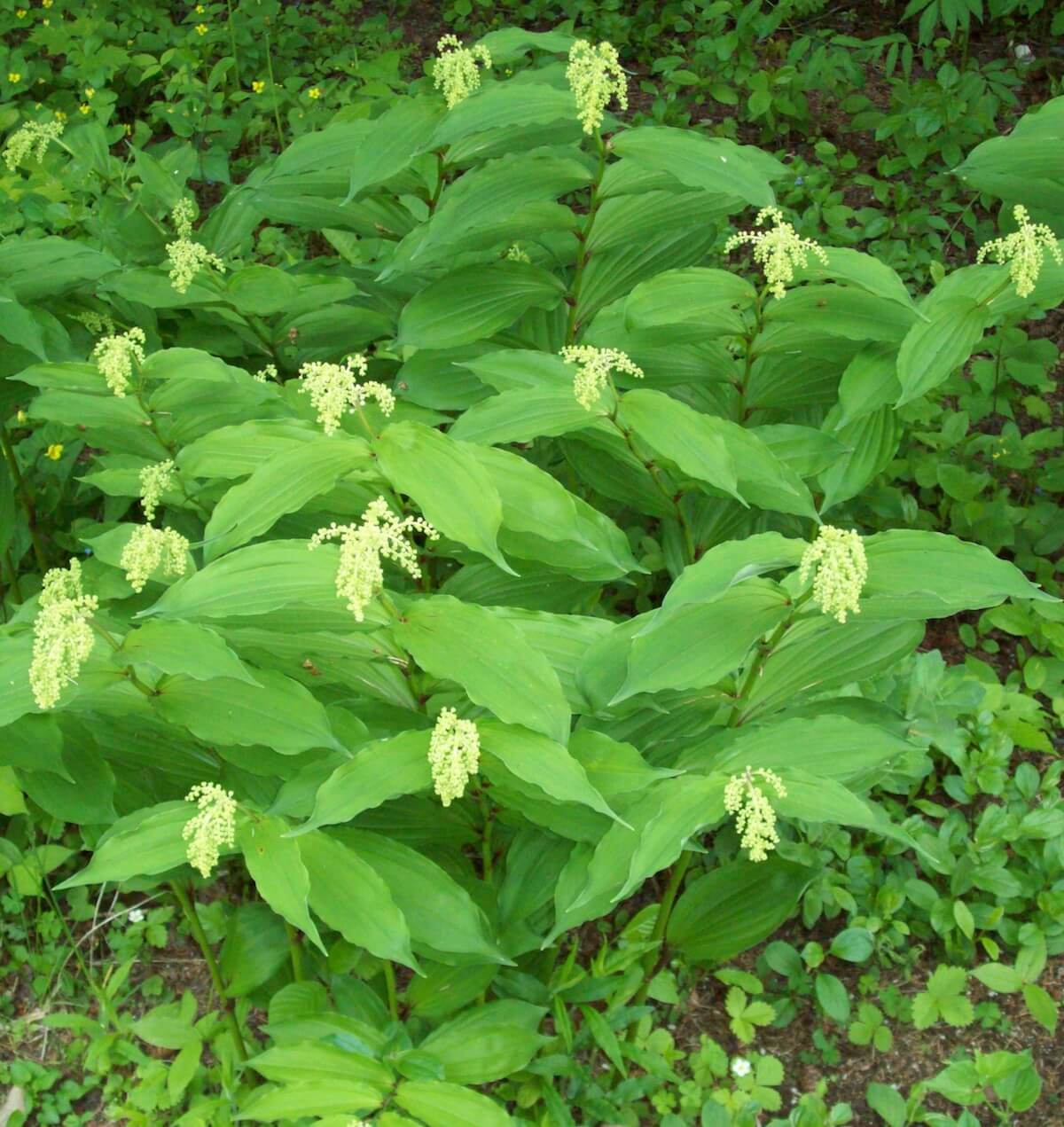
Information overload. “I’ll stick with false Solomon’s seal. But I still want to understand why it’s ‘false’.”
I was shown pictures of Solomon’s seal (Polygonatum biflorum) and then studied the vast array of false Solomon’s seal that edged my gardens, choosing the moister areas in semi-shade. The leaves looked the same, but on closer inspection, I immediately noticed the difference in the way the flowers grew. The flower on Solomon’s seal had its flowers and berries on the underside of the stem. In contrast, false Solomon’s seal had its flowers at the end of the stem.
I quickly noticed how the birds and butterflies hovered near my patches of false Solomon’s seal, especially when the flowers turned to green berries, then to a dark purple-red berry and finally a red berry. It was definitely a pollinator plant, attracting all kinds of small bees and flies and a wide variety of small beetles.
https://www.instagram.com/p/BjU1dW9naKd/?tagged=falsesolomonsseal
The berry was obviously edible for wildlife, as were the leaves. But not so much for humans. The berries are rather bitter. They do make a good jam or jelly, but they need to be cooked well, strained through a food mill and cooked again with equal amounts of sugar to the number of berries. Be careful, because true Solomon’s Seal berries ARE poisonous. The stalks can be cooked and consumed like asparagus (it apparently tastes like asparagus). I haven’t been adventurous enough to try eating the stalks. I prefer the real asparagus to the taste-alike false Solomon’s seal.
There are more benefits to this plant. Further reading informed me that the roots of the plant, once dried, could be used to brew tea which is then used to treat coughs and constipation. The leaf of the plant can be used to treat rashes. Although I haven’t been brave enough, yet, to try these remedies, it’s good information to have tucked away for future reference.
Medicinal and culinary possibilities aside, it’s nice to know that this non-invasive plant obviously favors wooded areas and, as my research confirmed, is common in woods and thickets across Canada and the United States. It seemed to prefer cooler temperatures as opposed to being exposed to the blazing hot sun.
https://www.instagram.com/p/BWZKBkoA5VC/?tagged=falsesolomonsseal
As I cleaned my wooded areas further, I noticed more false Solomon’s seals appearing everywhere, regardless of the quality of the soil. It would appear that as long as the soil was moist, and the area relatively shady, then the plant would prosper. Nothing could be easier than a versatile, highly adaptive plant that would readily fill areas where other plants would not survive.
False Solomon’s seal is now a plant I look forward to seeing each spring.




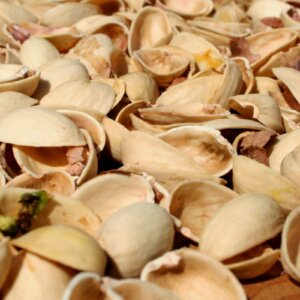

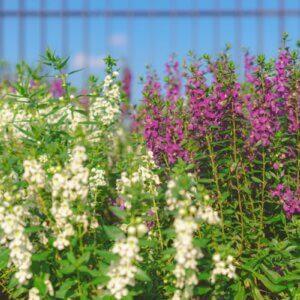
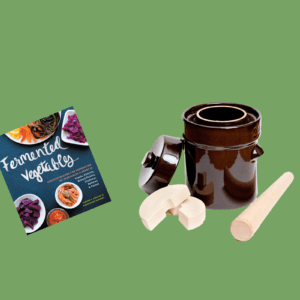

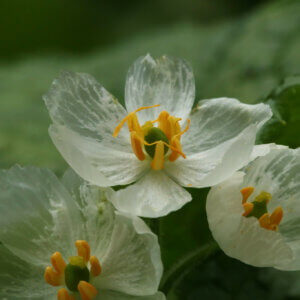
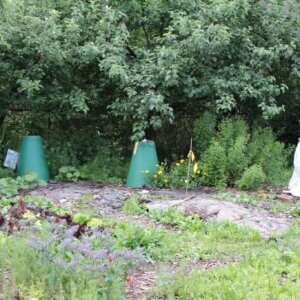
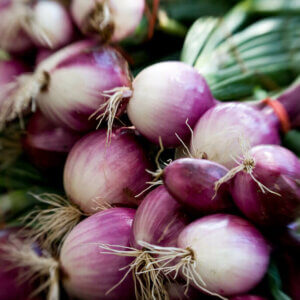

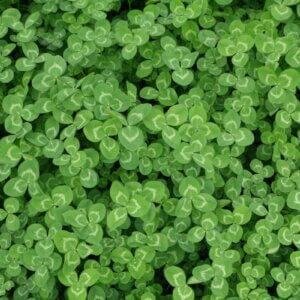


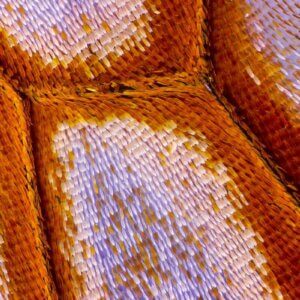
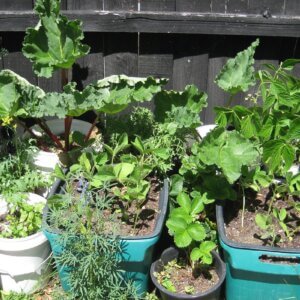
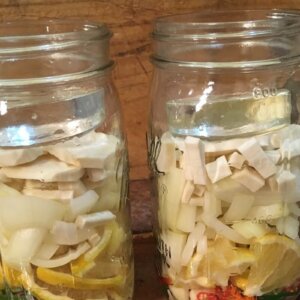
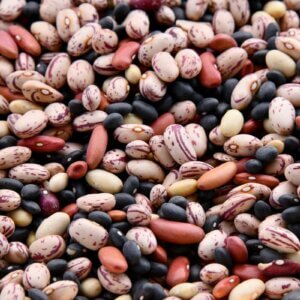
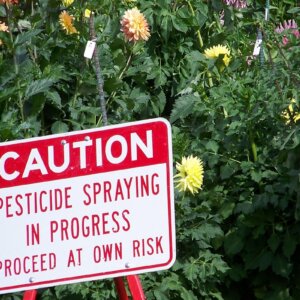
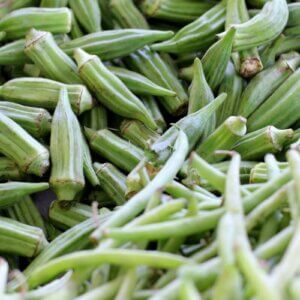

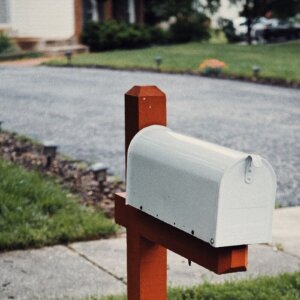
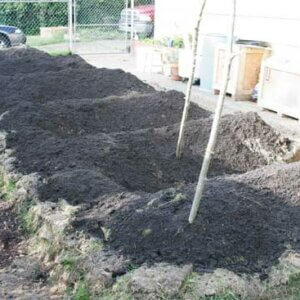
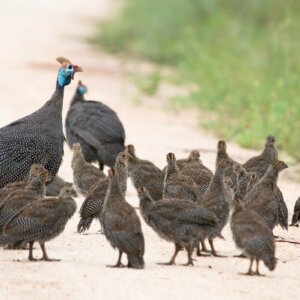
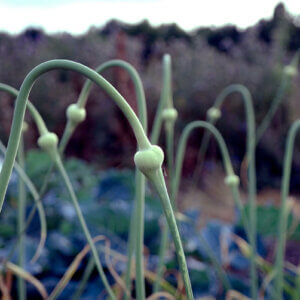
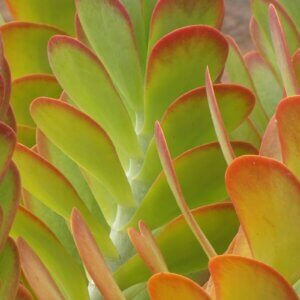
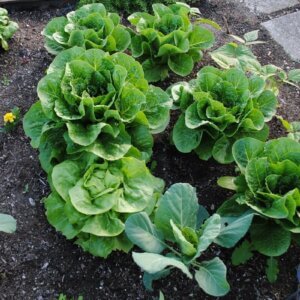


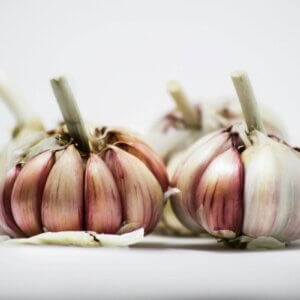
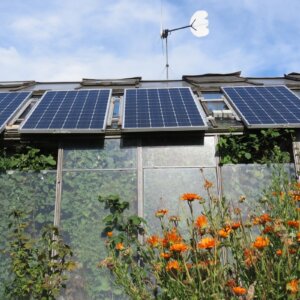
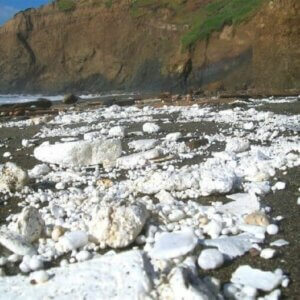

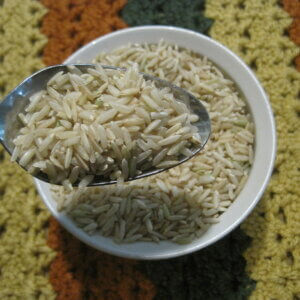
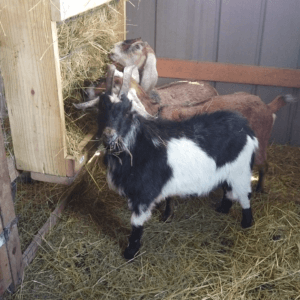
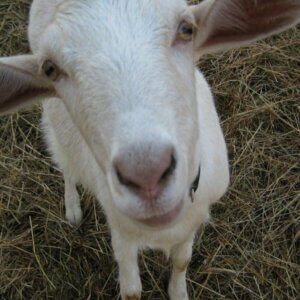

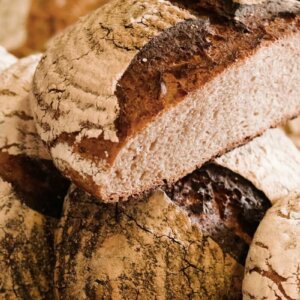
Leave a Reply